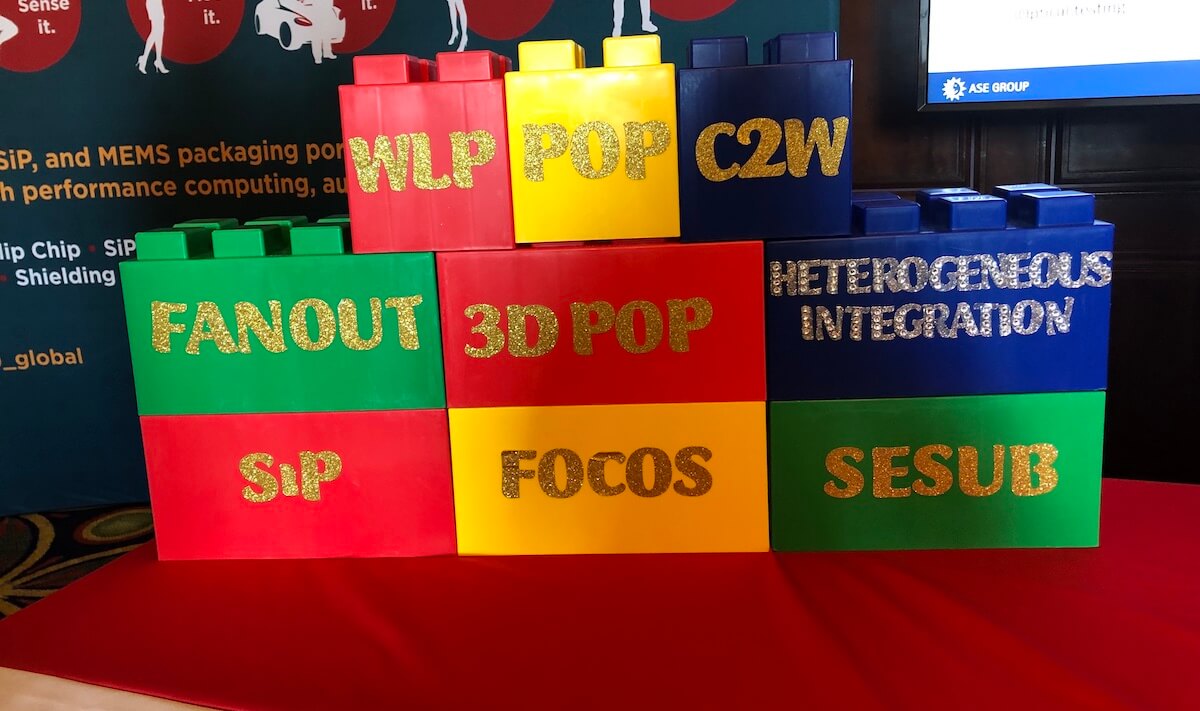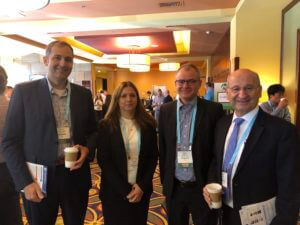
Two years ago, IMAPS tested the waters for a new conference focused entirely on system-in-packaging (SiP) technologies. They had also recently acquired the 3D Architectures for Semiconductor Integration and Packaging Conference (3DASIP), originally produced by RTI Tech Venture Forum, which took place annually in December in San Francisco. The IMAPS executive committee decided to combine the two conferences to create a bi-annual event, held in June, that would become the largest SiP-focused event in the world. Last week, I attended the first of these events; the 2019 Conference and Exhibition on Advanced System in Package Technology, which took place June 25-28 in Monterey CA.
When Did SiP Suddenly Become Hot?
As conferences go, I believe this is not merely the largest, but in fact the world’s ONLY, conference dedicated entirely to SiP technologies. Like 3D technology, SiP is generally relegated to a single track at a general advanced packaging or heterogeneous integration conference. But SiP has become such a hot topic, that it can now support an entire three-day agenda.
“SiP” has been part of the advanced packaging alphabet soup for some time, used as an umbrella catch-all for a plethora of packaging architectures. But as heterogeneous integration gears up to eclipse Moore’s Law by enabling technology megatrends like 5G, AI, autonomous vehicles, memory, big data, etc.; SiPs allow device manufacturers to check all the boxes: increased computing performance, at higher speeds, using less power, and taking up less space.
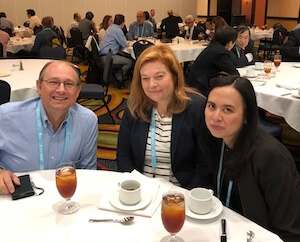
Bob Patti, Nhanced Semiconductor, offered me this explanation of why 3D SiP technologies are finally getting the attention they deserve: “3D has gone from being 80% science project to 80% in production.”
According to Jan Vardaman, TechSearch International, the need for 5G-ready mobile devices as the 5G infrastructure rollout begins, combined with the increased use of social media and IoT increasing demand on data centers are the main drivers of SiP today.
5G Will Boost The Smartphone Market
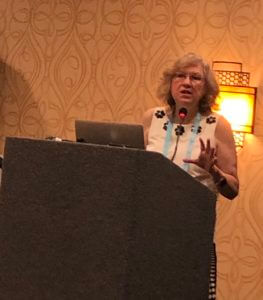
In terms of units, mobile applications (smartphones and tablets) dominate the SiP market, explained Vardaman. Of the 14.5billion SiPs shipped in 2018, 96% of that was mobile. Because smartphone shipments are slowing, however, we are likely to see a slump in 2019.
What will pull us out of that slump? The need for 5G ready phones. But the infrastructure will take time to establish and will need to be in place before we can ship 5G enabled handsets.
“5G is an important development for our industry because it promises a higher data rate, lower latency, greater reliability, and larger capacity,” said Vardaman. “But while the 5G infrastructure is moving into place, handsets are not expected to see high volumes in 2019.” We need to be patient.
SiP Solves Challenges for Technology Megatrends
Beyond the smartphones, primary use cases for 5G will be technology megatrends that require human-to-machine and machine-to-machine communications, noted Vardaman. IDC forecasts there will be 41.6 billion connected IoT devices generating 79.4 zettabytes of data by 2025.
Amkor’s Nozad Karim said that the applications driving SiP packaging, such as mobility, the internet of things (IoT), autonomous vehicles, high-performance computing (HPC), and networking, will have to work under 5G protocols.
He explained that 5G technology is a complex system, with different concerns for hardware and software engineers. For hardware engineers, it’s all about managing mmWave technology. For software engineers, it’s about having a dashboard to manage data storage and access networks and connected devices.
The difference between 4G and 5G technology is significant (Figure 5). Instead of large cell towers placed 45 miles apart, micro base stations need to be as close as 500 feet apart, because higher frequencies have a more difficult time traveling long distances and through objects.
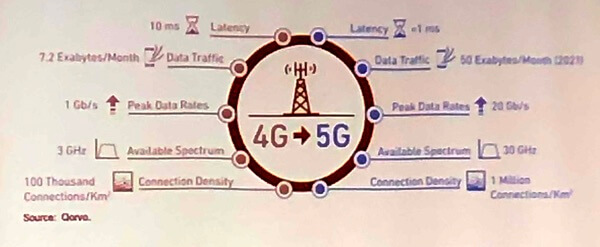
RF SiP modules designed for mmWave range technology will require a fully integrated antenna, versus a separate antenna on the printed wiring board (PWB). Thermal and electrical modeling becomes more critical, as does electromagnetic compatibility and EMI shielding. Solving these issues require new design rules and EDA tools, noted Karim.
He said SiP has been part of Amkor’s portfolio since 1998 as a solution for packaging wireless chipsets. These early SiPs were called modules, due to their size. Beginning with lead frame SiPs, the technology became more complicated over the past five or six years, as SiP-in-SiP, 2.5D, and 3D configurations emerged. Suffice it to say, the company has some experience with molding and EMI shielding.
Karim talked about a double-sided assembly and mold package. Choosing the right mold is critical because it contributes to leakage loss. And because SiPs for 5G applications require the integration of an antenna, partial molding and shielding are recommended, said Karim. As such, two new acronyms have been added to an already crowded lexicon – antenna in package (AiP) and antenna-on-package (AoP).
According to Vardaman, there are a number of players in this space. TSMC has proposed an AIP version of InFO for 5G mmWave system integration, but it has not yet been adopted. Likewise, Fraunhofer IZM has developed a molded fan-out panel level package with embedded die. “No single package has been chosen as THE package for AiP solutions,” she said. “There are lots of players. I can’t tell you who will dominate. To save cost, people will want to use panel level packaging. If I had to bet, I’d say we’ll see that first.”
Don’t miss the Next SiP Conference
I only wish I had the time to write about all the other great talks in the single day that I spent at SiP. Because it falls between ECTC and SEMICON West, two other very important events on my busy dance card, I could only make time for day one. Luckily, Herb Reiter, who covers many events that take place in California for 3D InCites, was also at the event, and he’ll provide more information from his own perspectives in an upcoming post. ~ FvT



